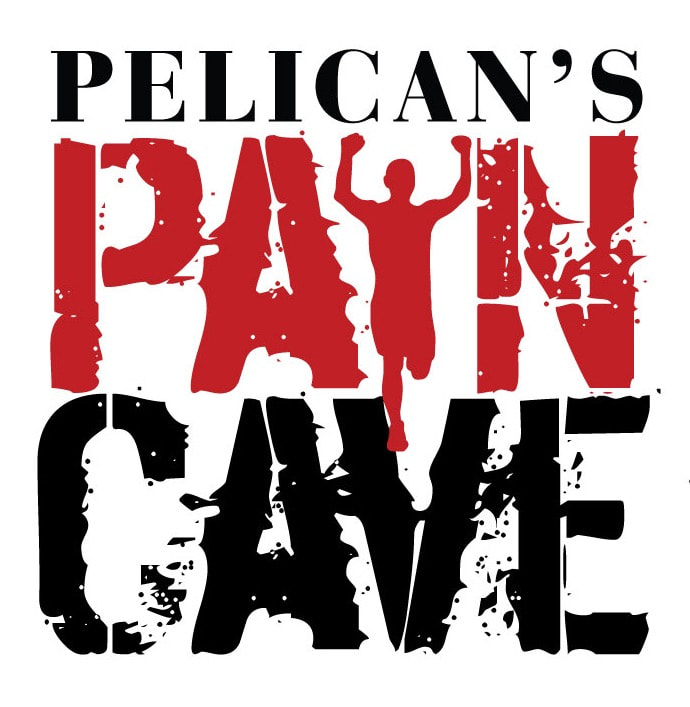|
It’s widely accepted that dedicating a part of the year to low intensity base training is a key to a successful racing season. But in our Strava, share everything age I don’t actually see much of that taking place.
When you combine the instant gratification of Strava’s KOM’s and kudos with the great Florida weather and long racing season it becomes a recipe for overtraining and stalled results. The situation was much different when I lived in New England. There were no races from December to March and the cold winter was the perfect time for everyone to slow down and log some base miles. And we did! In my last blog post I wrote about Phil Maffetone and the training methods he used with some of the top triathletes in the world (Mark Allen, Mike Pigg…). Phil believes that building low heart rate aerobic fitness is the key to racing success. I am happy to say our group practiced Phil’s methods for a 10 week training block and had some great results! I first got our Pain Cave athletes together and explained Phil’s philosophy on training. Due to Covid, the whole training and racing calendar went out the window, so I proposed that we do a dedicated 10 week low heart rate training block. Everyone was enthusiastic and eager to give this a try. Following Maffetone’s protocol we started by doing a Maximum Aerobic Function or “MAF” test. I assigned a maximum heart rate value for each athlete based on 180 minus their age.* We went to FGCU and ran 4 miles watching our heart rate and adjusting our pace to stay at or below the assigned heart rate (MAF pace). Everyone used a Garmin and I reviewed the data in Training Peaks. It wasn’t easy! The average age of our group is about 50 so we are talking about a maximum of only 130 beats per minute! For me it was a whole new challenge. Instead of rocking along at 6 min per mile pace and 175 heart rate, I found anything more than a super easy jog put me in the MAF red zone. Very humbling. But the carrot is that this training would improve our health, fitness and circulation. When this happened our MAF pace would increase at our MAF HR. And then later when we added speed training we would see greater jump in improvement. During the 10 weeks we kept all of our training intensity low and monitored our HR. We did a MAF retest every two weeks to establish a test baseline, and we also worked on our diet to cut back on carbs and sugar. Here are some of the key points I learned from the testing...
Results A key to coaching is understanding that not all athletes respond to training the same way. One of our athletes, Jason, saw an immediate breakthrough in his running performance! Jason saw over a 2 minute decrease in his running pace per mile. I’ve been coaching Jason for about 6 months. He has played ball sports all his life, he has been a weight lifter and is new to triathlon. Jason is happy to dive deep into the pain cave and has good short burst speed, but had trouble running for extended periods. He would push too hard on the run to the point where his heart rate spiked and he had to walk. We worked on putting a limit on his heart rate during training and that helped, but he really didn’t improve dramatically until we did focused MAF pacing. The MAF test forced Jason to run at a super slow pace for extended periods. This not only improved his endurance and aerobic fitness it got him used to getting relaxed running, and doing it for an extended period. This is super important for him and anyone planning to for a ½ or full Ironman distance race. So it’s awesome his endurance improved, but he also had an immediate breath-through in his run speed! Last week we were doing bike-run bricks at FGCU. We bike 6 miles at sprint race pace, then run a mile hard, and repeat. Before our MAF endurance training on August 6th, Jason’s second mile brick was 10:43. Last week his second brick mile was 7:28! He looked great and was super pumped! For myself and some of our other athletes who has been racing for several seasons we saw an increase in MAF pace, but as expected our fast interval speed was a little detuned from not racing or doing speed-work. But I am confident that with some focused speed-work we will reach a higher racing peak! Yes sometimes you need to train slower to go faster! Enjoy the ride! GP *Note: Maffetone's 180 minus your age for max HR is a ballpark guideline and your effective racing age (your fitness compared to others) is probably more accurate to use vs. your chronological age. He hints at how to adjust for this, and I have a good sense of where mine is (younger). But the bigger point is just to train at a controlled low HR, so being conservative doesn't hurt the objective of improving aerobic fitness.
0 Comments
Leave a Reply. |
Greg Pelican
Athlete Archives
June 2023
Categories |



 RSS Feed
RSS Feed